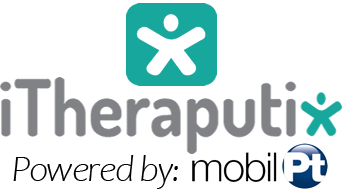Definition:
A herniated disc is when the nucleus pulposus protrudes through the annulus fibrosis due to a tear. This tear in the disc ring may result in the release of inflammatory chemical mediators which may directly cause severe pain, even in the absence of nerve root compression. Disc herniations are normally a further development of a previously existing disc "protrusion", a condition in which the outermost layers of the ''annulus fibrosus'' are still intact, but can bulge when the disc is under pressure. In contrast to a herniation, none of the ''nucleus pulposus'' escapes beyond the outer layers. Most minor herniations heal within several weeks. Anti-inflammatory treatments for pain associated with disc herniation, protrusion, bulge, or disc tear are generally effective. Severe herniations may not heal of their own accord and may require surgical intervention. The condition is widely referred to as a ''slipped disc'', but this term is not medically accurate as the spinal discs are fixed in position between the vertebrae and cannot "slip".
 Symptoms
Symptoms Causes
Causes Treatment
Treatment


